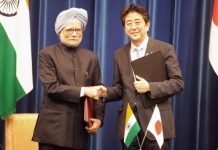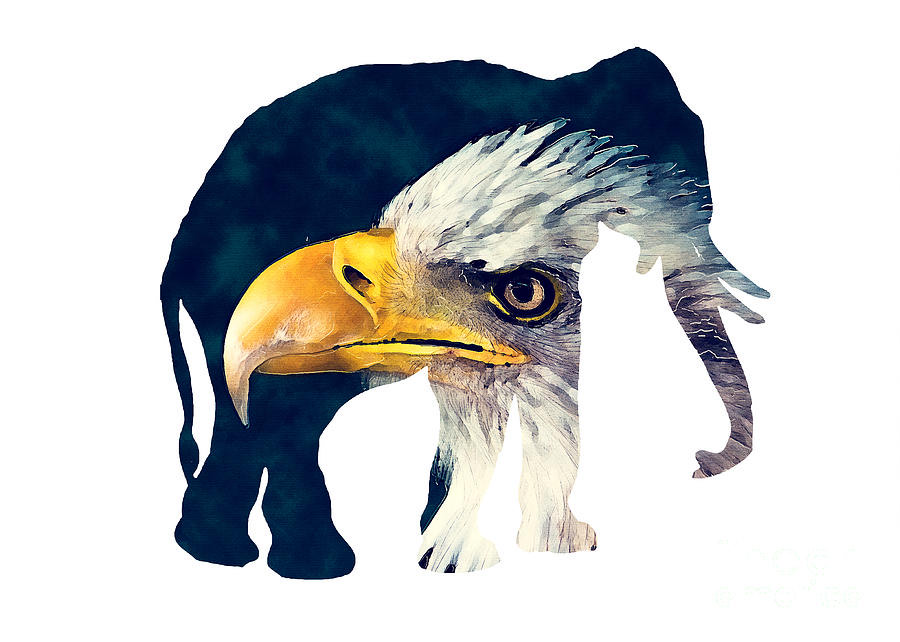MARKET PERSPECTIVE
By J Mulraj
June 17-23, 2023
What will it look like?
Strange are the geopolitical quirks of history! For years, USA, the world’s oldest democracy, had backed and favored Pakistan, a military dictatorship. At the same time, and partly because of it, India, the world’s largest democracy, aligned its interests with Russia, an autocracy. Russia was a steady supplier of military equipment to India. It had stepped up after India’s independence, and provided India with steel making technology (the Bhilai steel plant), that, too, on a deferred payments basis, even as Western nations, including Britain and USA, insisted on an upfront payment of royalty. India was loath to reduce its foreign exchange reserves, built up by supplying grain and textiles towards the war effort. In 1954 the US gave generous food aid to India, under the PL 480 program, and its scientist, Norman Borlaug, ushered in the Green Revolution which made India achieve food security. However, later, in 1971, during the Bangladesh war, Richard Nixon sent its 7th Fleet to the Bay of Bengal, to pressure India, but Russia, to whom India turned, sent its submarines to break that blockade.
Strange, indeed, are the geopolitical quirks of history! Fast forward 52 years and we are set to witness a realignment of interest. USA turned a deaf ear to Russian pleas not to accept Ukraine into NATO, as it would bring NATO to Russian borders, in contravention of agreements not to do so. Russia viewed NATO missiles, positioned in Ukraine, as an existential threat. It invaded Ukraine to forestall Ukraine’s admittance to NATO. The subsequent Western sanctions drove it closer, and economically dependent, on China, which is demonstrably hostile towards India.
Given that Ruso-Sino relationship, India could not be as assured as it was earlier, on Russia, for military equipment, and spares, in case of any future conflict with China. This propelled the realignment. India values its age old ties with Russia, but needs to ensure its military supply.
The agreements signed focus on ICET, or Initiative on Critical and Emerging Technologies.
India signed an agreement for domestic manufacture of the General Electric’s F-414 jet engines, used in both civilian and military aircraft. There are only four countries capable of producing high end engines with the needed thrust, viz. USA, UK, France and Russia. China is dependent on Russia for these. GE will make the engines in India, and will also allow India to become an MRO (maintenance, repair and overhaul) hub for turbines, enabling it to service engines in the region. The deal will enable India to absorb technologies of advances metallurgy and materials.
This will also enable India to go into civil aviation. India is the world’s fastest growing market for civil aviation. Just this week, Indigo placed an order for 500 Airbus A320 aircraft, worth $ 50 b! Air India has placed orders for 250 Airbus and 220 Boeing worth $70b! So the ability to make civilian aircraft will help India considerably.
One of the items on India’s defense shopping list is the MQ–9 Predator B drones, 31 of them, for $ 3.5 billion. These can fly 30-40 hours with a payload of 2000 kgs, up to a height of 50000 feet and can be used for reconnaissance and also for attack. It has a 1900 km range, so can go up to 950 km in enemy territory and back.
But defense technologies are always changing and adapting. Software is, like in every other industry, becoming key. In 2020 Azerbaijan defeated Armenia using loitering munitions, aka kamikaze, or suicide, drones. These drones are built to self destruct, not return, and are, thus cheap. They loiter over a target, until instructed to swoop down and destroy both the target and itself. A US company, Anduril, makes three different types of such drones. With a US-India agreement, they can be manufactured in India, leveraging India’s software prowess, at a lower cost.
India will also gain knowledge in technologies like AI (artificial intelligence), which will necessitate the setting up of huge data centers, to store vast amounts of data needed by AI, Quantum Computing, Semiconductors (Micron Technologies will set up a $ 2.7 b. testing and packaging unit in India) and advance its capabilities in cyber security.
A closer alliance will also benefit USA. Several countries are seeking to reduce their dependencies on China, and are relocating their manufacturing supply chains to friendlier locations (friend shoring) and closer ones (near shoring). Apple has shifted a part of its manufacture of IPhones to India, so has Foxconn, and other companies. India will need to mend its poor reputation in ‘enforcement of contracts’ and its abysmal reputation in judicial delays, if it seeks to fully leverage the alliance. On its part, USA will need to work to ensure that the relationship will be enduring, and not transactional, nor transitory.
The US will also jointly work with scientists at IIT Madras, one of the largest startup hubs in Asia, on 25 scientific research projects. NATO and ISRO will work jointly in space exploration, leveraging the latter’s success in low cost launches.
Meanwhile, China has just signed its second long term gas supply deal with Qatar. China National Petroleum Corporation will buy 4 million tonnes a year of natural gas from Qatar Energy, for 27 years. Earlier, Sinopec had reached a similar deal with Qatar. China has also secured long term commitments for crude oil from Saudi Arabia.
The US needs to rethink its policy of dissuading its own fracking industry, which President
Biden has done, on environmental concerns. As these columns have earlier mentioned, it is as ineffective to ban fracking, as it is to have a ‘no pee’ zone in a swimming pool. Someone else will. Just as some other country will produce the fossil fuel which you stop producing, and gain control over supply and pricing of it.
If USA is able to achieve grid scale nuclear fusion faster than the expected decade, its reliance on fossil fuel for energy will disappear, giving it a huge geopolitical advantage.
Last week the Sensex lost 305 points to end at 62979.
There are some events investors need to watch out for. On 30th June the LIBOR (London Interbank Offered Rate) system, used to price loans, will be replaced by another system, SONIA (Sterling Overnight Index Average). There can be hiccups and turbulence in financial markets during the transition. On 18th July the Ukraine grain deal ends. Russia is, rightly, insisting, that it be paid for the grain lifted. Sanctions prevent it from receiving payment, and it asks for sanctions to be lifted for one bank to be willing to extend the grain deal. A failure to extend the deal to evacuate Russian and Ukrainian grain from the Black Sea May trigger a huge famine in Africa. That, in turn, would cause another mass migration to Europe, which is still struggling from the economic and societal effects of the Syrian migration. On Jul 25 the FOMC meets and may raise interest rates. Fed Chair Powell has hinted that it had paused rate hikes; inflation persists. China’s central bank is following an easy money policy. This means inflation may persist, but a hard landing avoided.
The improved ties between US and India would lead to greater investment inflows, both FDI and FPI. Both reducing China exposure. This is providing fodder to the Indian bull.
Picture Source: https://pixels.com/featured/elephant-and-eagle-justyna-jbjart.html
Comments may be sent to Jmulraj@gmail.com










































COMMENTS